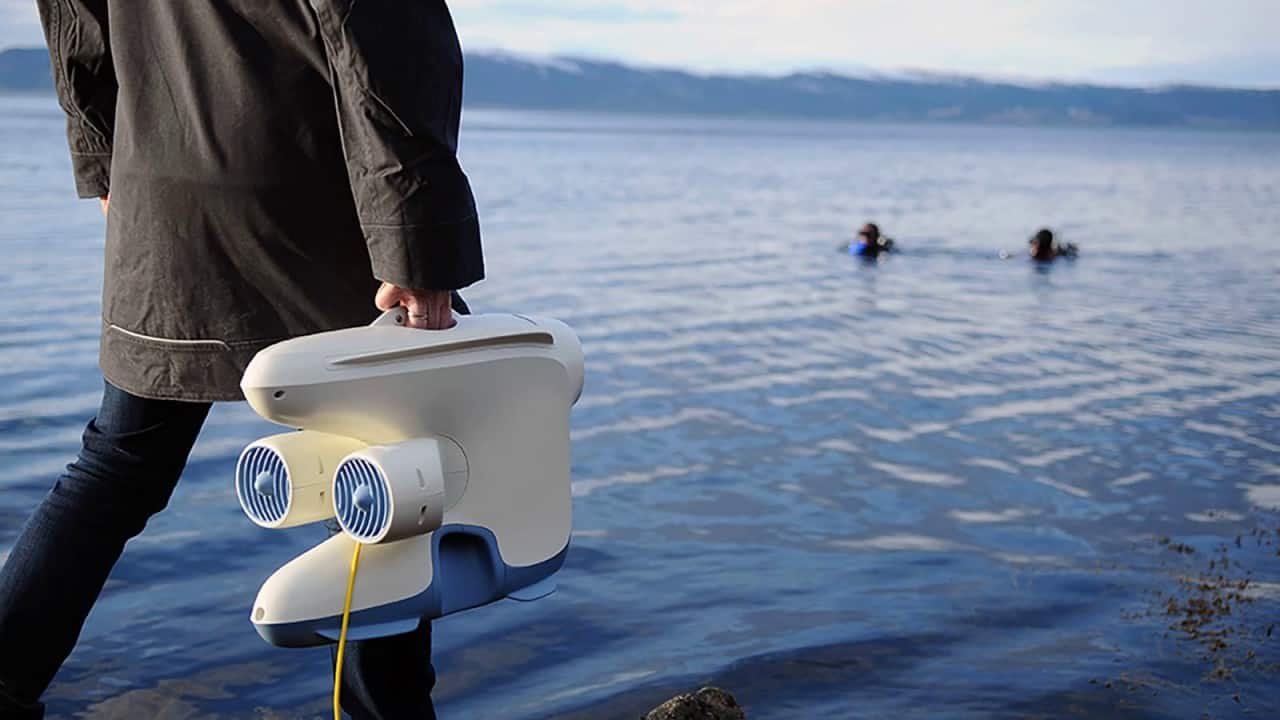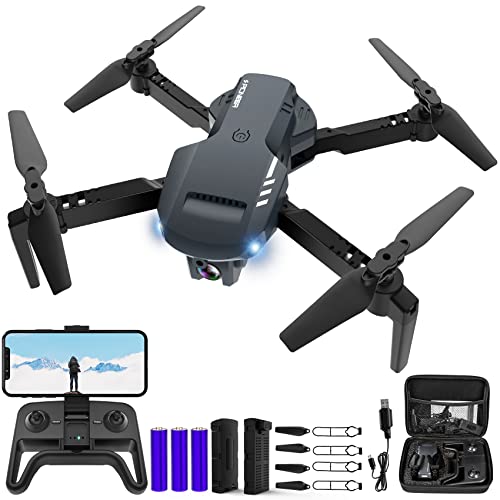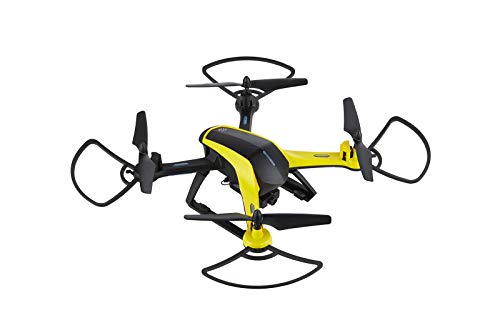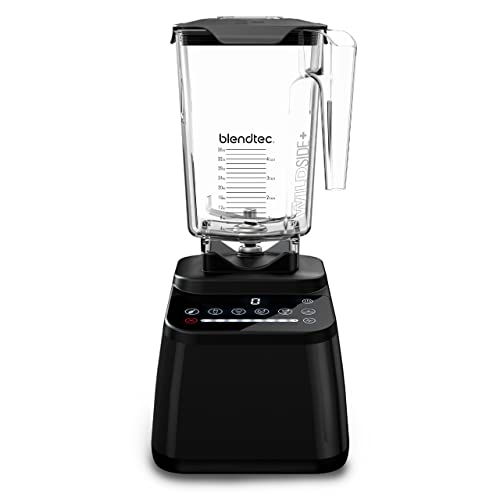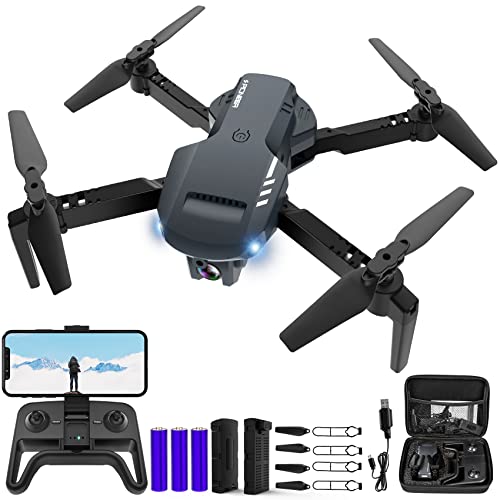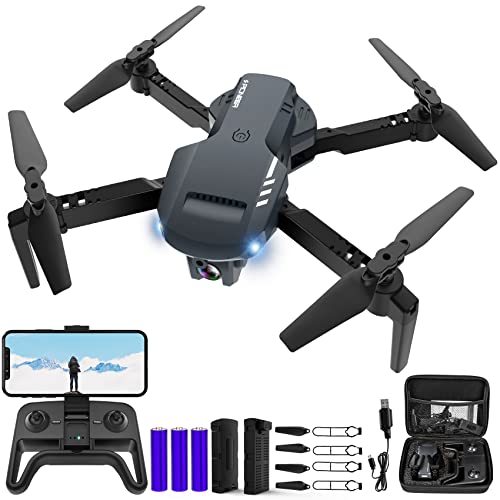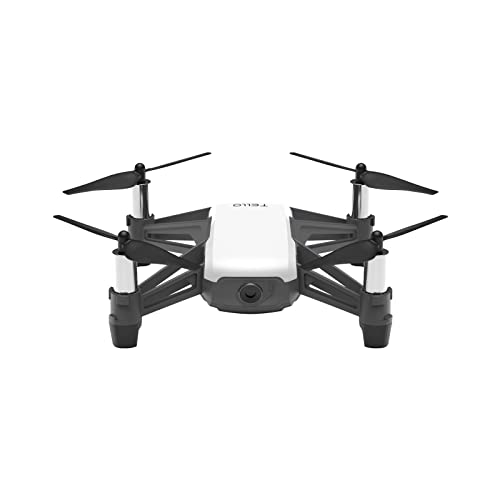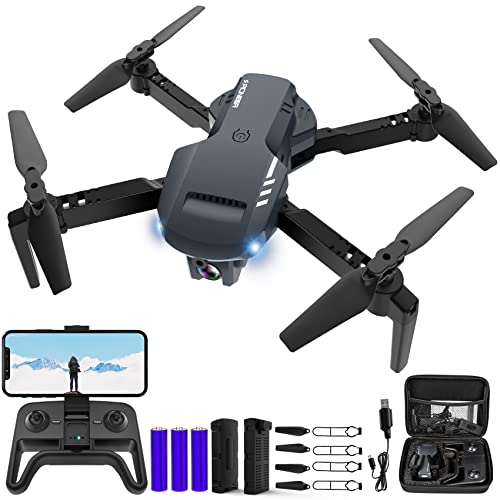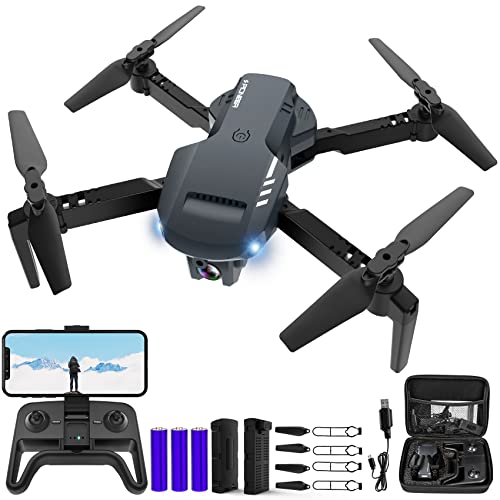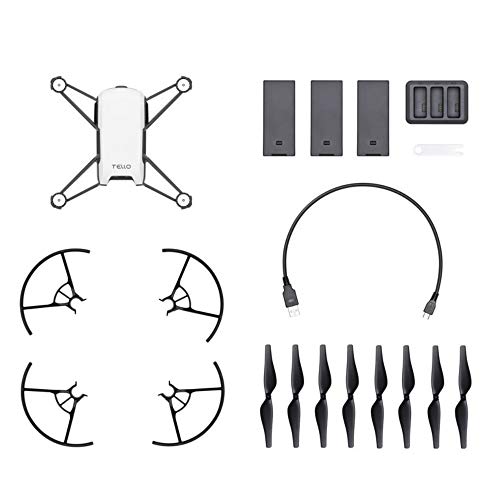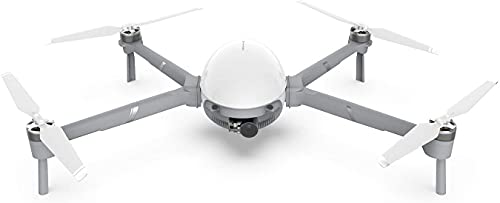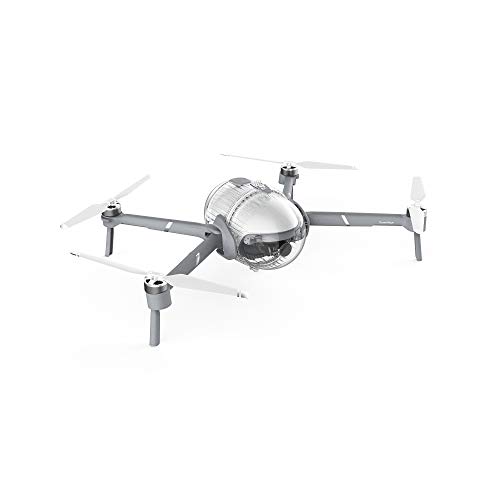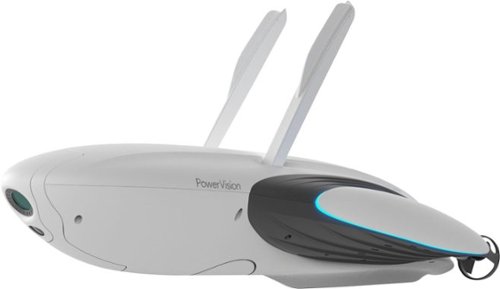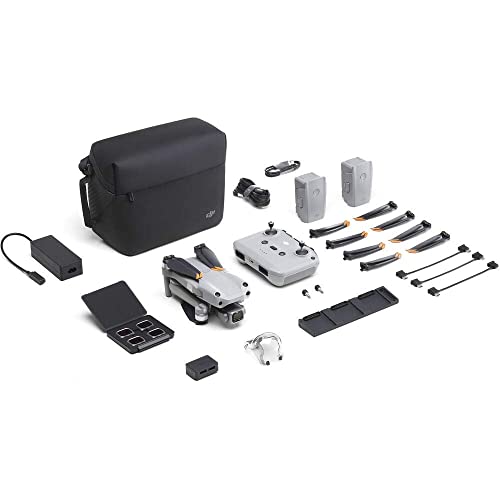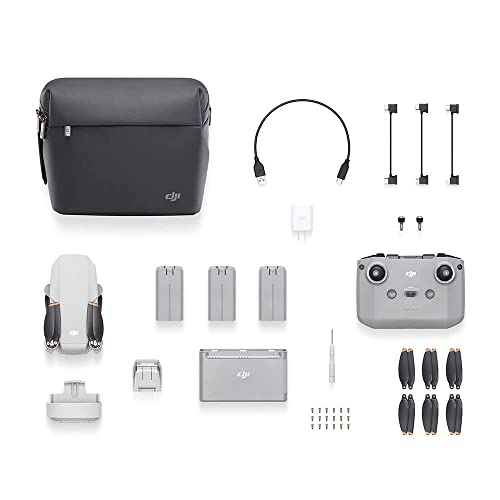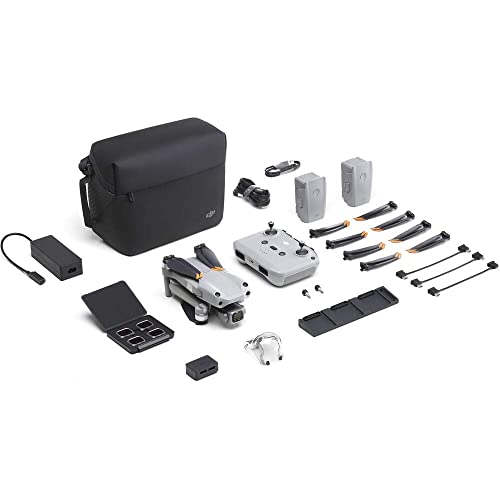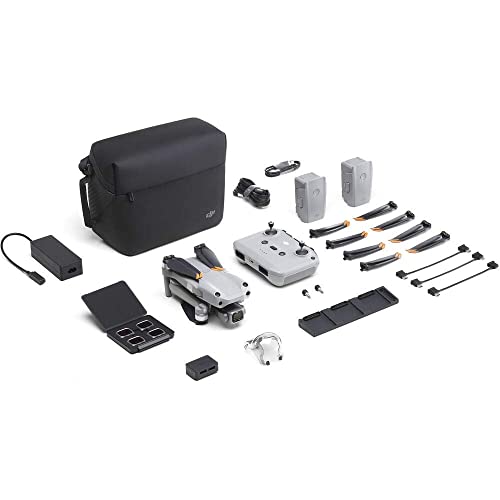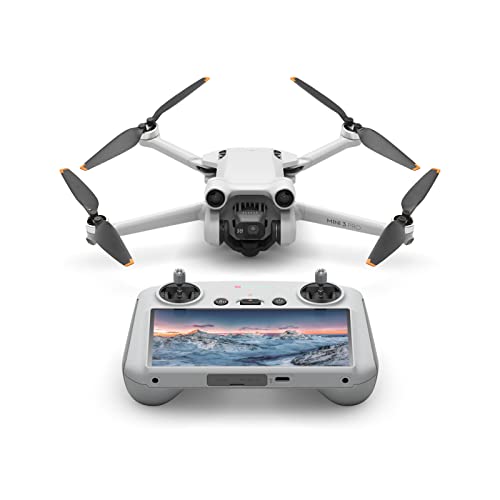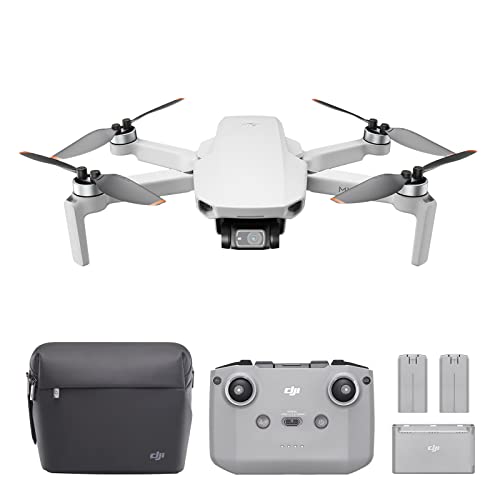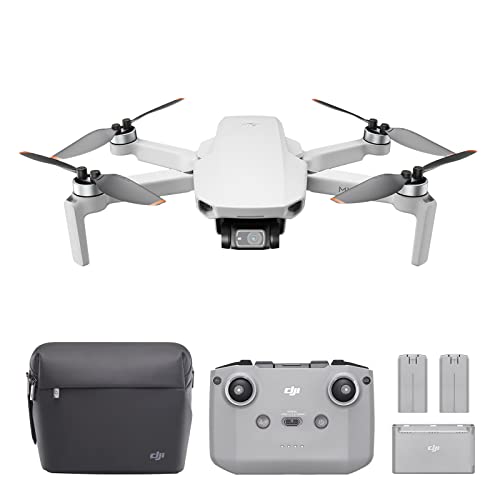If you are new to the world of unmanned aircraft, you may ask “what is the range for drones.” Even the best drones, after all, boast an advertised maximum range. So what is the range of most drones, what informs a drone’s range, and how to boost your max range? Keep reading to find out.
KEY TAKEAWAYS:
- A drone’s maximum range and flight time are primarily set by its controller transmission technology and its built-in battery.
- Small “toy drones” feature a range of about 20 to 100 yards from the controller.
- High-end long-range drones boast a range of anywhere from 2 to 4 miles from the controller and a mid-level range drone boasts a range up to 1.5 miles.
What is the Range of a Personal Drone?
As with all things, the maximum range of a drone depends on the make and model of the specific drone. The same rules apply when wondering what size drone needs to be registered. Still, a drone’s range depends on two things. There is a connection going to the controller and the aircraft’s built-in batteries.
Insider Tip
Don’t forget the “line of sight” rule, so keep your consumer drone in your eyesight at all times during use.
Controllers and Transmitter Technology
The type of controller associated with your drone and the affiliated transmitter technology plays a huge role in determining the max range. Generally speaking, expect a smaller and more inexpensive drone to boast a range of about 20 to 100 yards from the controller and high-end consumer models boast a range of anywhere from 2 to 4 miles from the controller. Mid-level consumer drones go somewhere in the middle, with a range of .25 to 1.5 miles. But, what happens when the drone goes out of its range? What if your drone lands in water? And more, what about level 7 wind resistance for drones? All of these questions are key to flying a drone properly.
Legal Requirements
Even if your high-end drone boasts a maximum range of four miles from the controller, remember to always adhere to federally mandated guidelines issued by the Federal Aviation Authority (FAA.) These include the line of sight rule, indicating that the drone must be within eyesight, and the 400 feet rule, which states a drone cannot fly higher than 400 feet. Check local governmental agencies to learn more about drone laws.
Battery Life
Another indicator of a drone’s maximum range is its overall battery life during flight. You’ll get anywhere from 10 minutes to an hour or two of usage per charge, so plan your flights accordingly to maximize enjoyment and fun.
You’ll also want to find the right drone for you while staying within these guidelines. For instance, you can compare the DJI Mavic Air 2 vs Skydio 2, and the DJI Phantom 4 Advanced vs Pro to see which one is a good drone to buy.
How to Boost a Drone’s Range
There are some things you can do to boost the flight range of your unmanned aerial vehicle.
- Consider replacing the battery with a more powerful unit, if possible with your individual drone.
- Always start a flight with a fully charged battery to max out the distance and range.
- Fly in mild weather conditions, as wind gusts eat up the battery and also interfere with your controller’s transmission capabilities.
- Turn off the video signal, or video feed, and stop taking photos.
F.A.Q.S
What happens if the drone gets out of range?
When going out of range, the drone typically automatically returns to the controller, though this depends on having enough battery life to make the flight.
What are the advantages of long-range drones?
Many commercial drones are long-range drones, as they can fly far from the controller to make deliveries or to shoot video. The same goes for military drones. Your average toy drone, however, boasts a paltry range.
What to do when your drone goes too far away?
Most consumer drones, including expensive drones, feature a “return home” button. Also, they’ll come back home on their own when flying out of range.
STAT: The earliest recorded use of an unmanned aerial vehicle for warfighting occurred in July 1849, with a balloon carrier (the precursor to the aircraft carrier) in the first offensive use of airpower in naval aviation. (source)

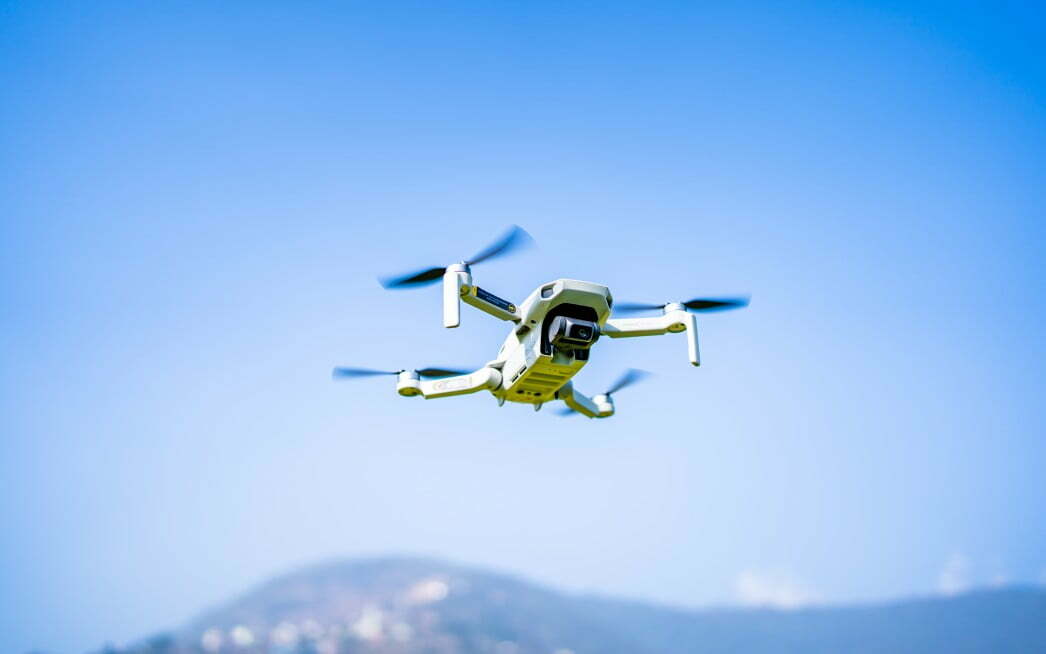












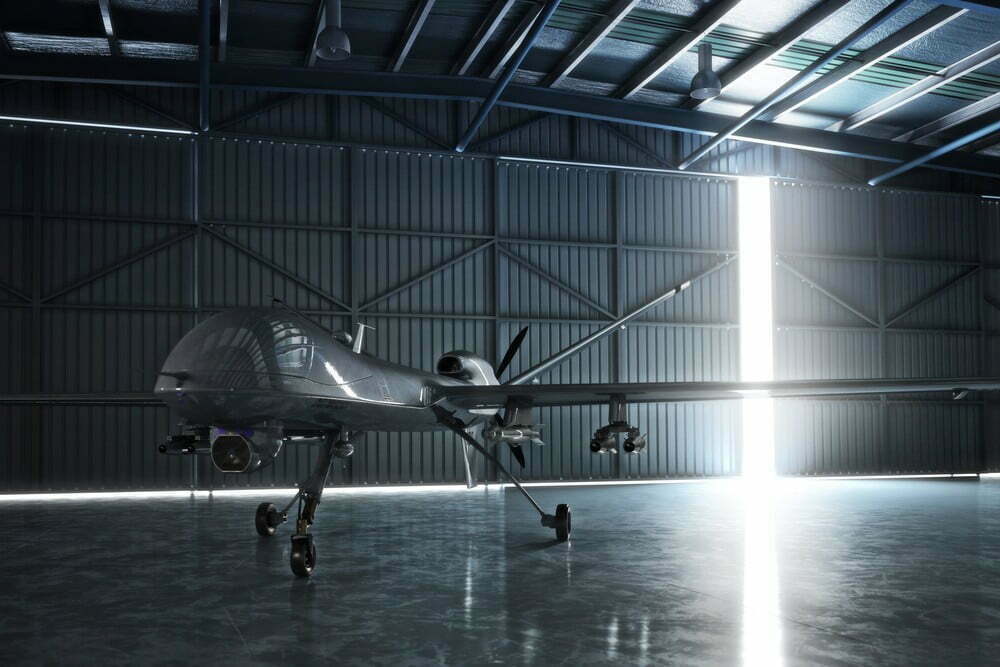
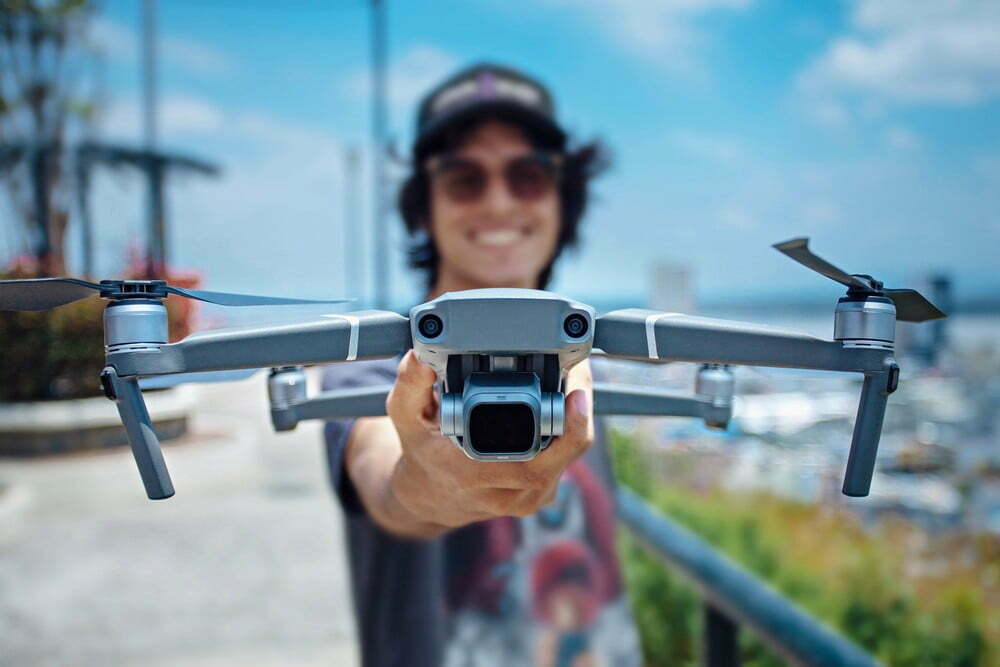
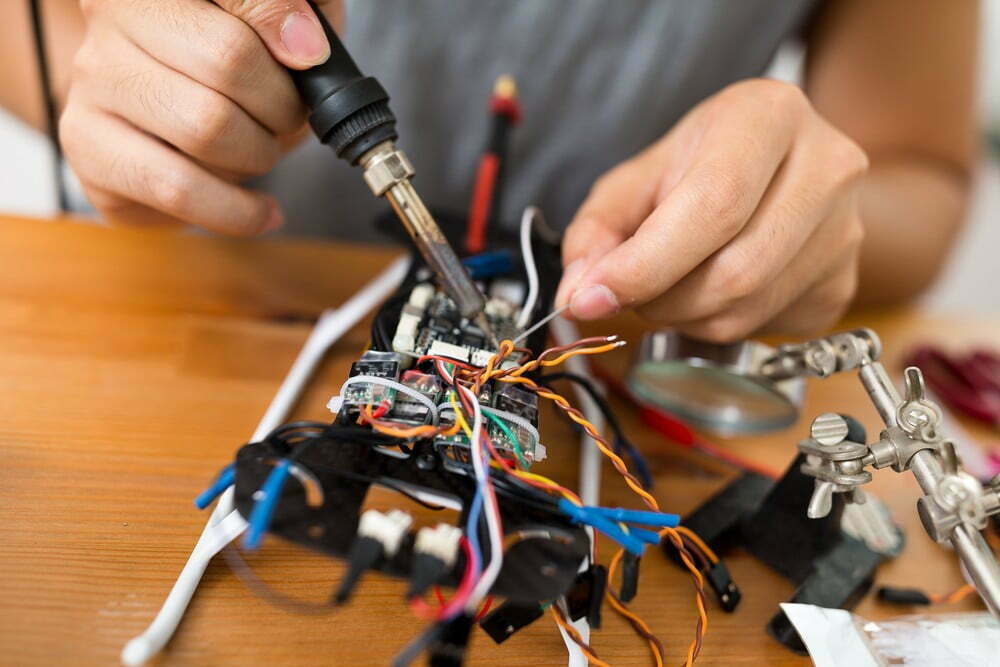
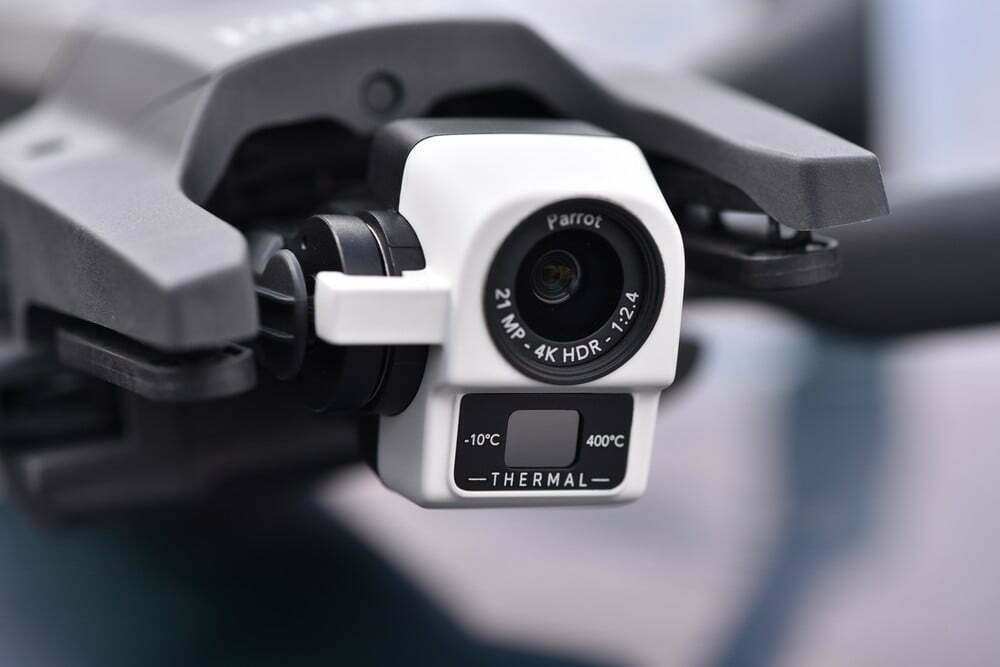
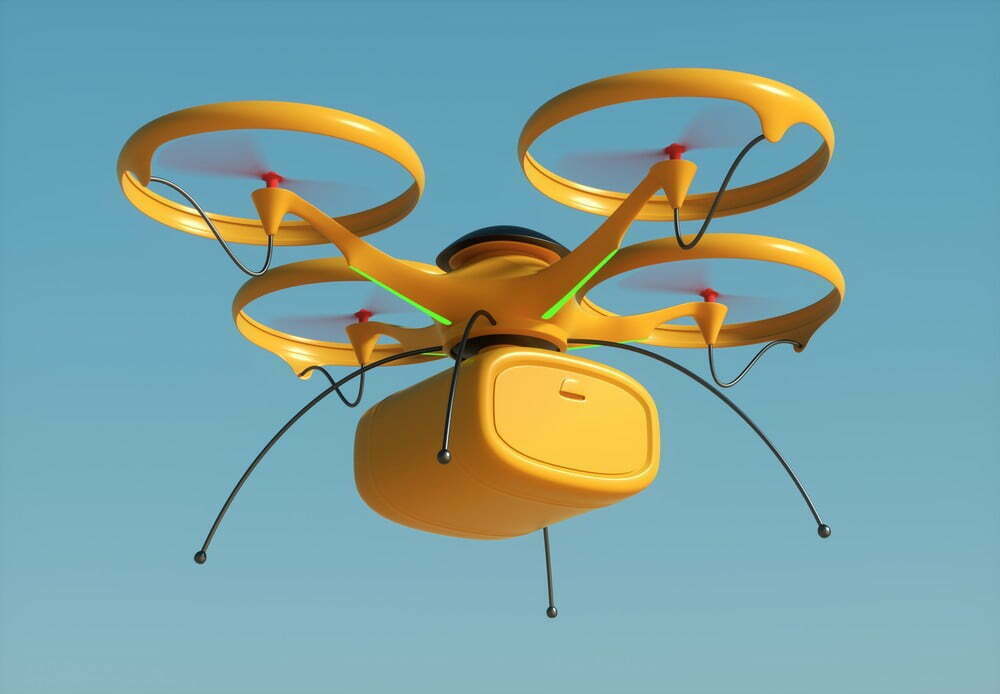
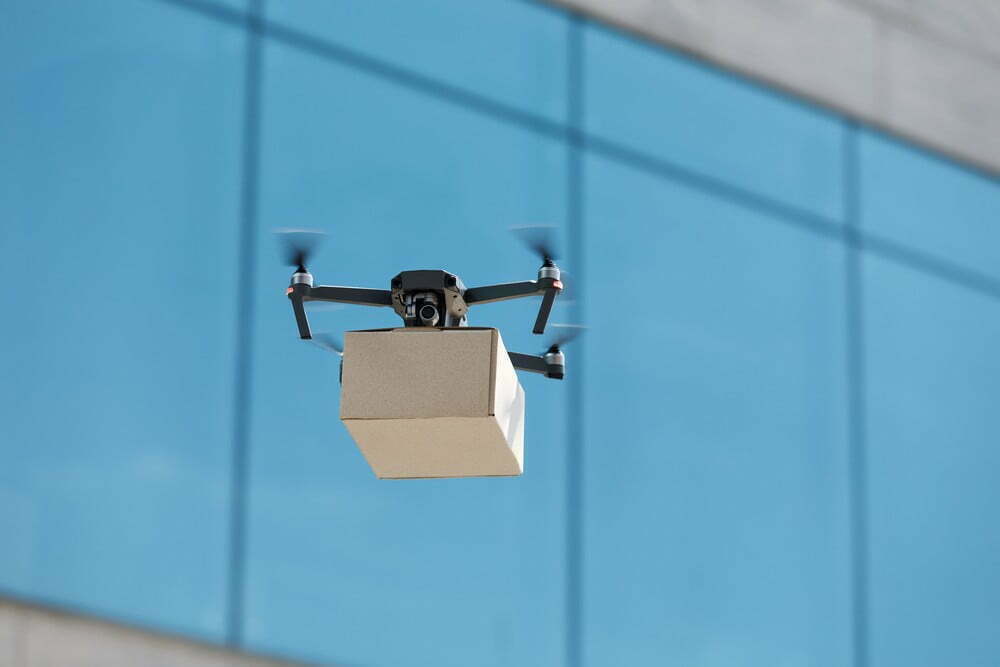
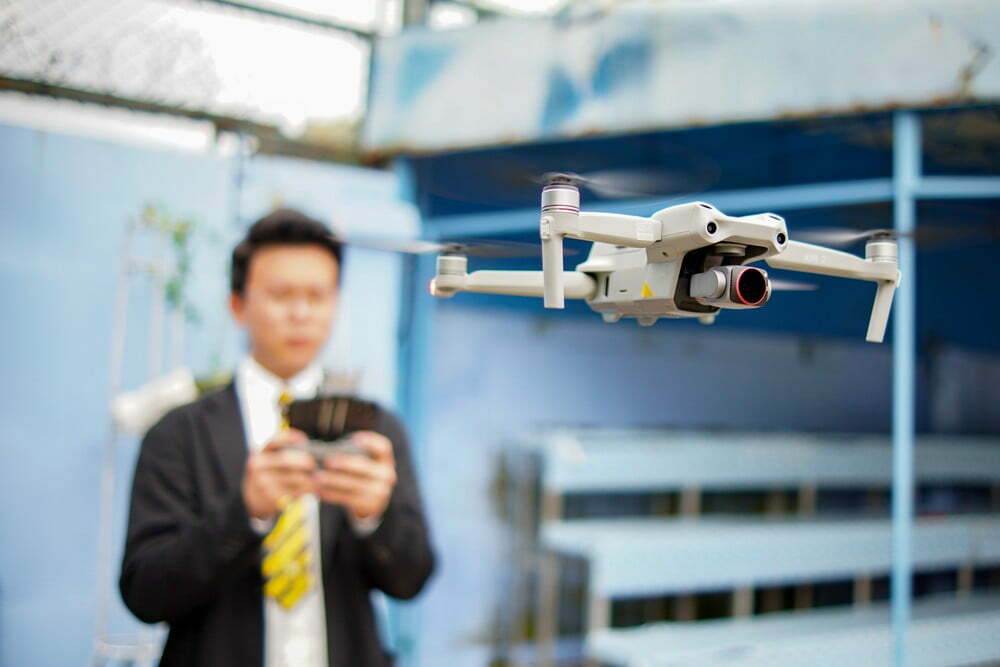
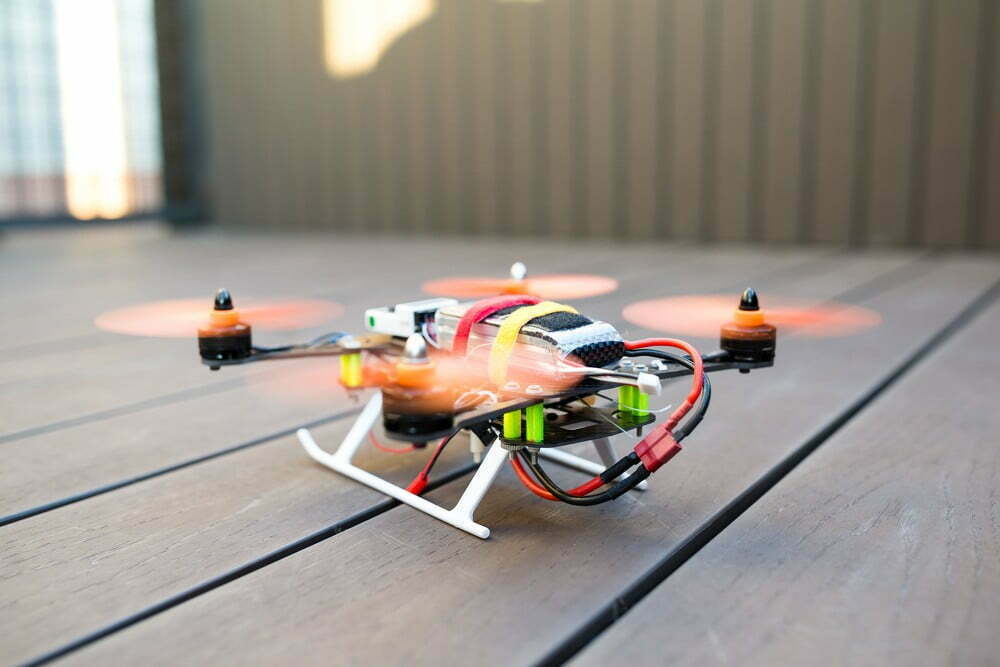
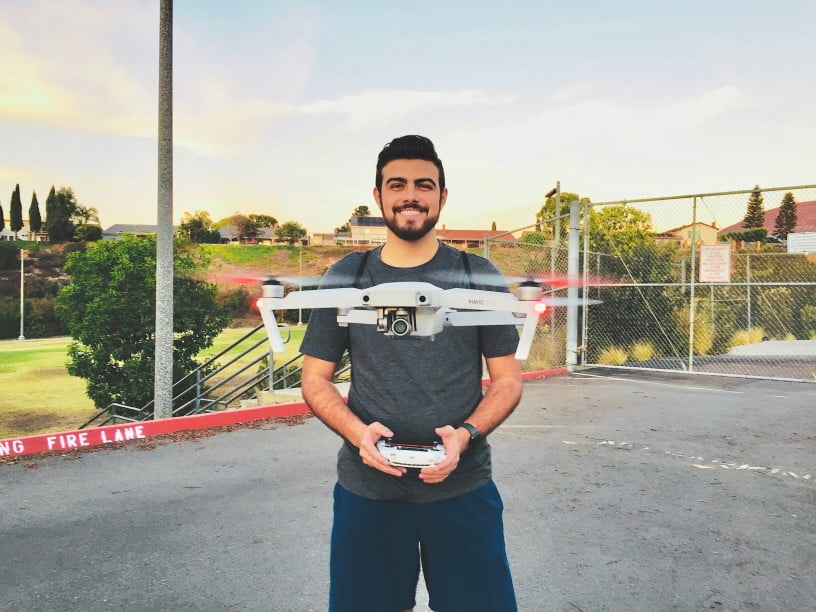
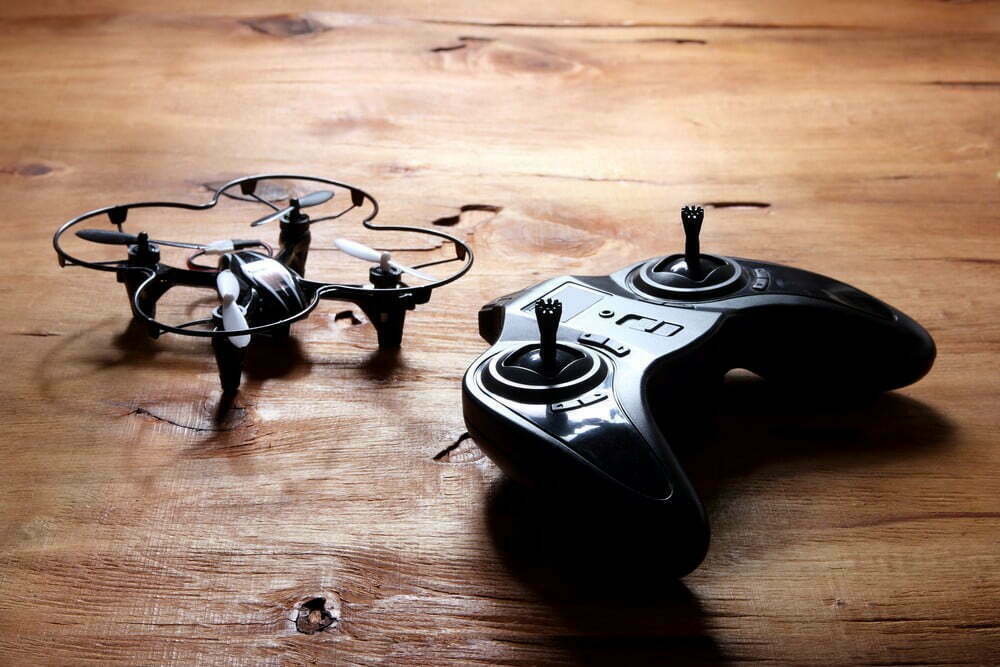
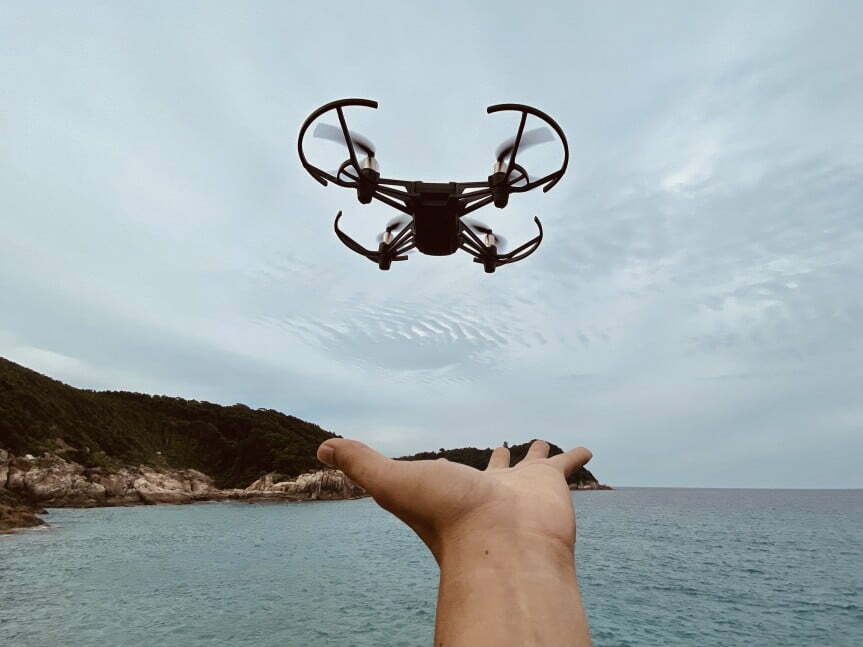
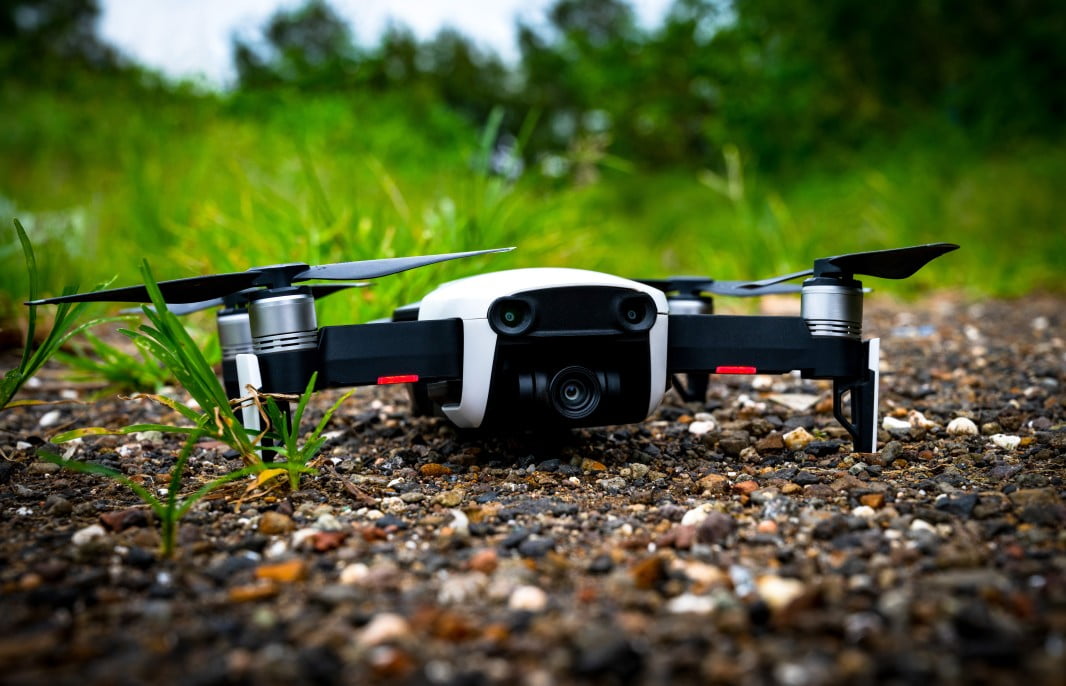
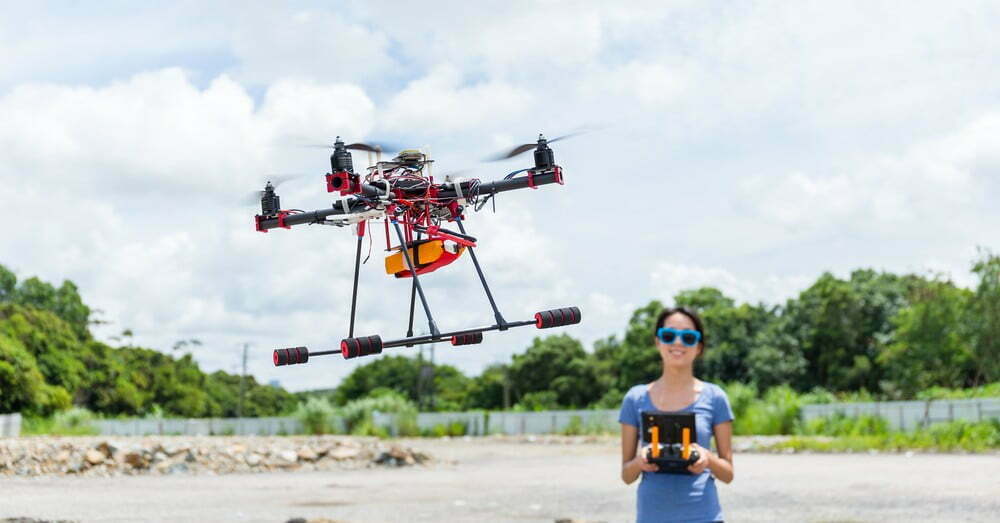
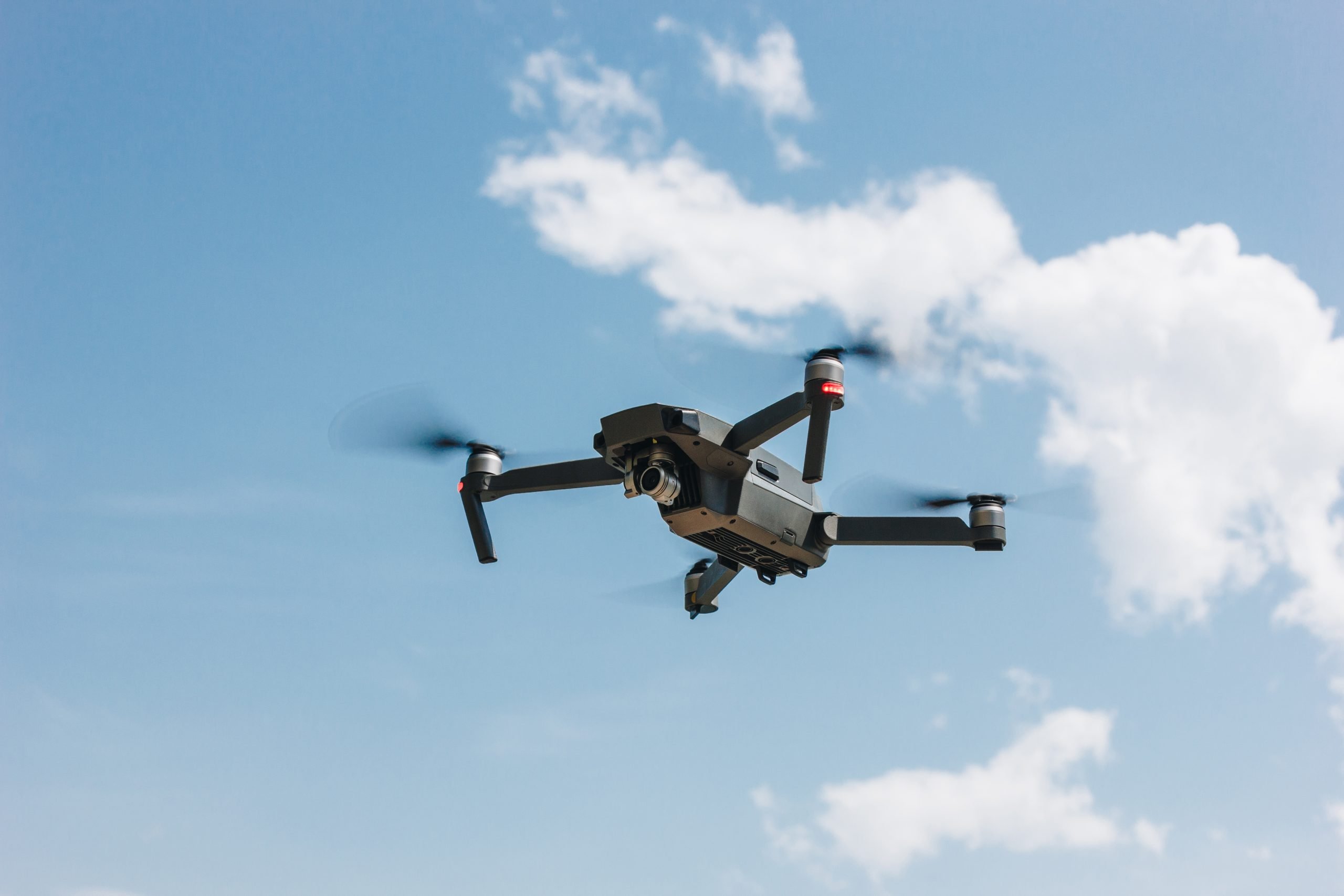
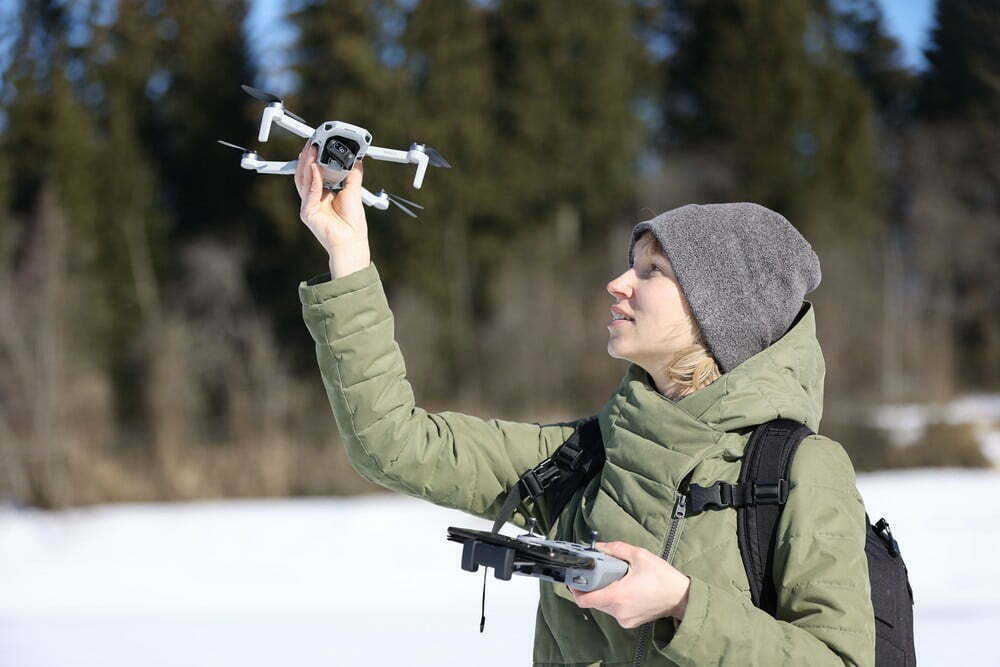
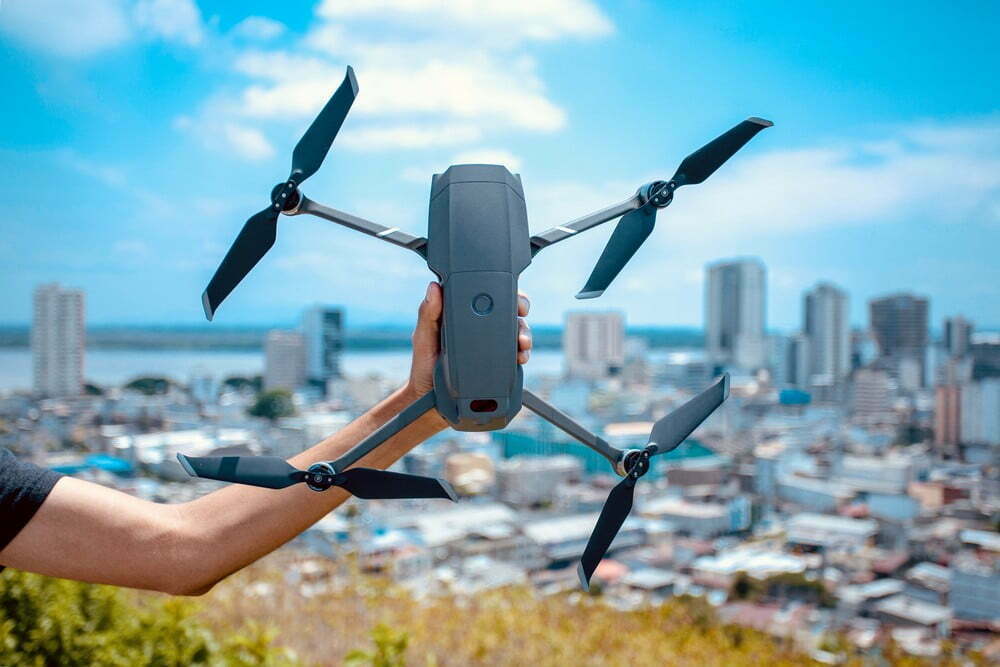
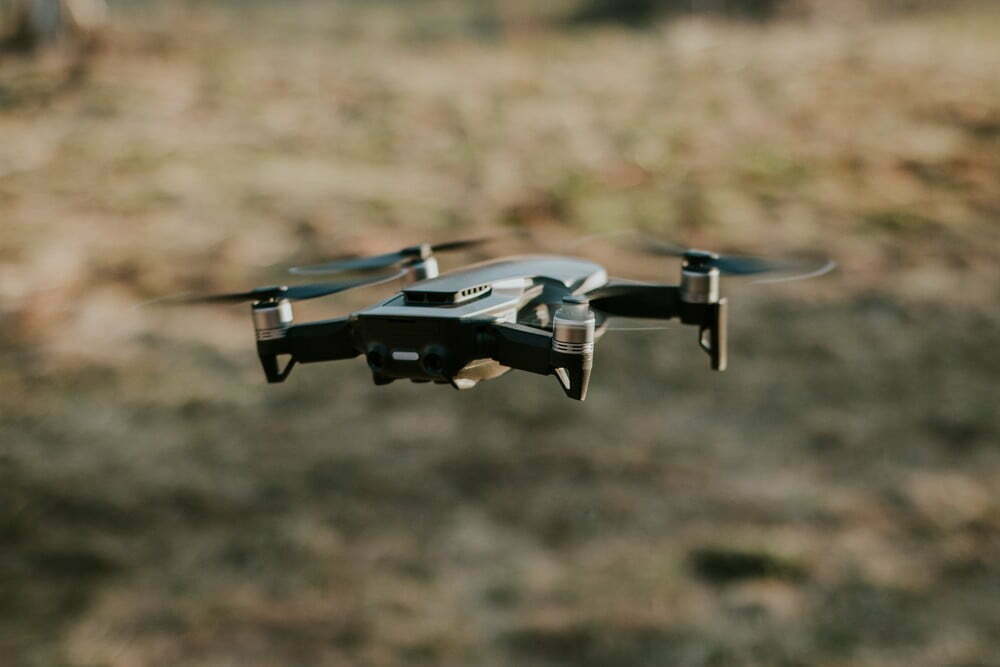
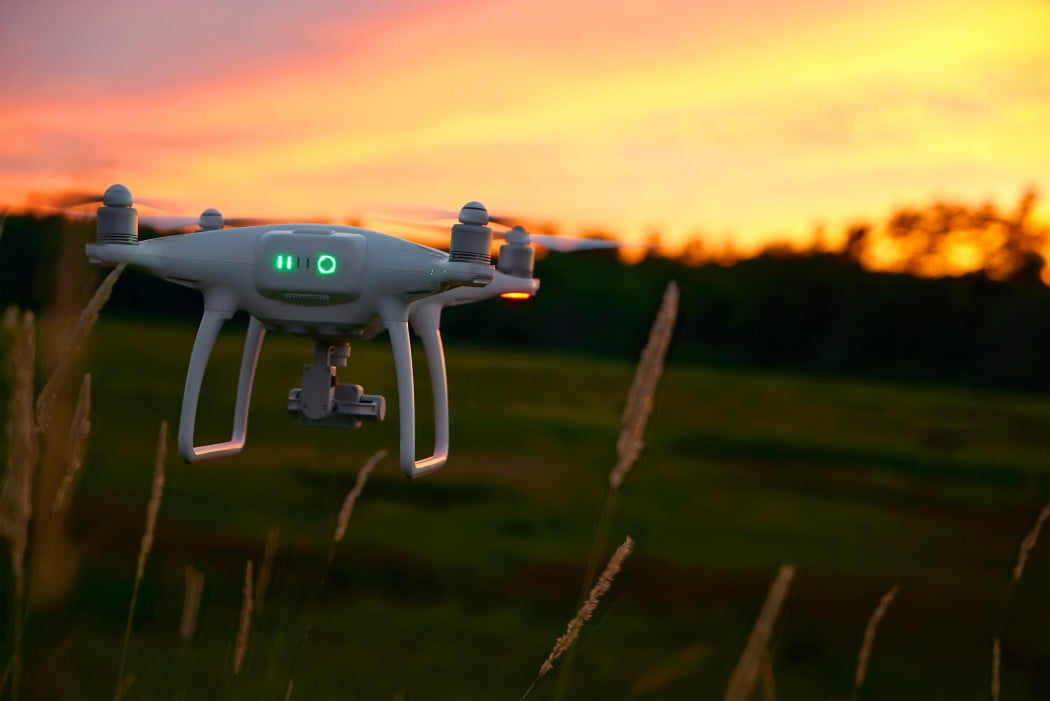
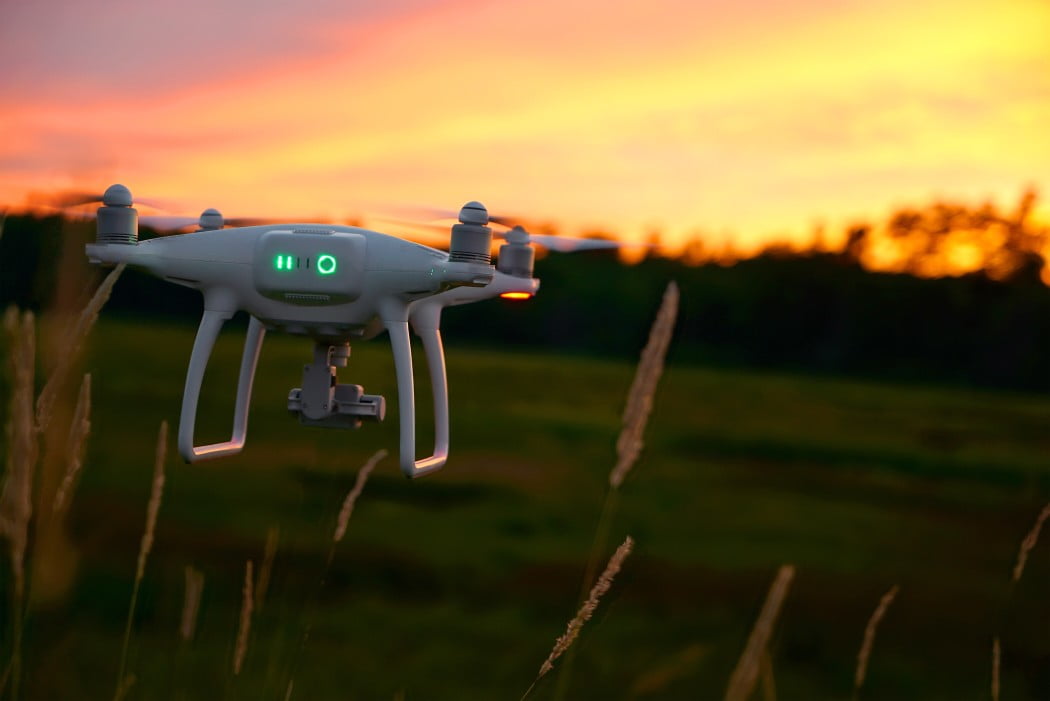
![Best Drones Under the Cost of Ferrari in [year] 26 Best Drones Under the Cost of Ferrari in 2025](https://www.gadgetreview.dev/wp-content/uploads/image-test-3.jpg)
![10 Best VR Drones in [year] 27 10 Best VR Drones in 2025](https://www.gadgetreview.dev/wp-content/uploads/Best-VR-Drone.jpg)
![10 Best Drones for Beginners in [year] 28 10 Best Drones for Beginners in 2025](https://www.gadgetreview.dev/wp-content/uploads/Best-Drones-for-Beginners.png)
![10 Best Indoor Drones in [year] 29 10 Best Indoor Drones in 2025](https://www.gadgetreview.dev/wp-content/uploads/Best-Indoor-Drone.jpeg)
![10 Best FPV Racing Drones in [year] 30 10 Best FPV Racing Drones in 2025](https://www.gadgetreview.dev/wp-content/uploads/Best-FPV-Racing-Drone-scaled-1.jpg)
![10 Best Selfie Drones in [year] 31 10 Best Selfie Drones in 2025](https://www.gadgetreview.dev/wp-content/uploads/Best-Selfie-Drones.jpg)
![10 Best Drones for GoPro in [year] 32 10 Best Drones for GoPro in 2025](https://www.gadgetreview.dev/wp-content/uploads/Best-Drone-for-GoPro-scaled-1.jpg)
![10 Best Drones for Kids in [year] 33 10 Best Drones for Kids in 2025](https://www.gadgetreview.dev/wp-content/uploads/Best-Drone-for-Kids-scaled-1.jpg)
![10 Best Professional Drones in [year] 34 10 Best Professional Drones in 2025](https://www.gadgetreview.dev/wp-content/uploads/Best-Professional-Drone.jpg)
![10 Best Fixed Wing Drones in [year] 35 10 Best Fixed Wing Drones in 2025](https://www.gadgetreview.dev/wp-content/uploads/Best-Fixed-Wing-Drone.jpg)
![10 Best Follow Me Drones in [year] 36 10 Best Follow Me Drones in 2025](https://www.gadgetreview.dev/wp-content/uploads/Best-Follow-Me-Drone.jpg)
![10 Best Foldable Drones in [year] 37 10 Best Foldable Drones in 2025](https://www.gadgetreview.dev/wp-content/uploads/best-foldable-drones.jpg)
![10 Best Drones for Travelling in [year] 38 10 Best Drones for Travelling in 2025](https://www.gadgetreview.dev/wp-content/uploads/best-drones-for-travelling.jpg)
